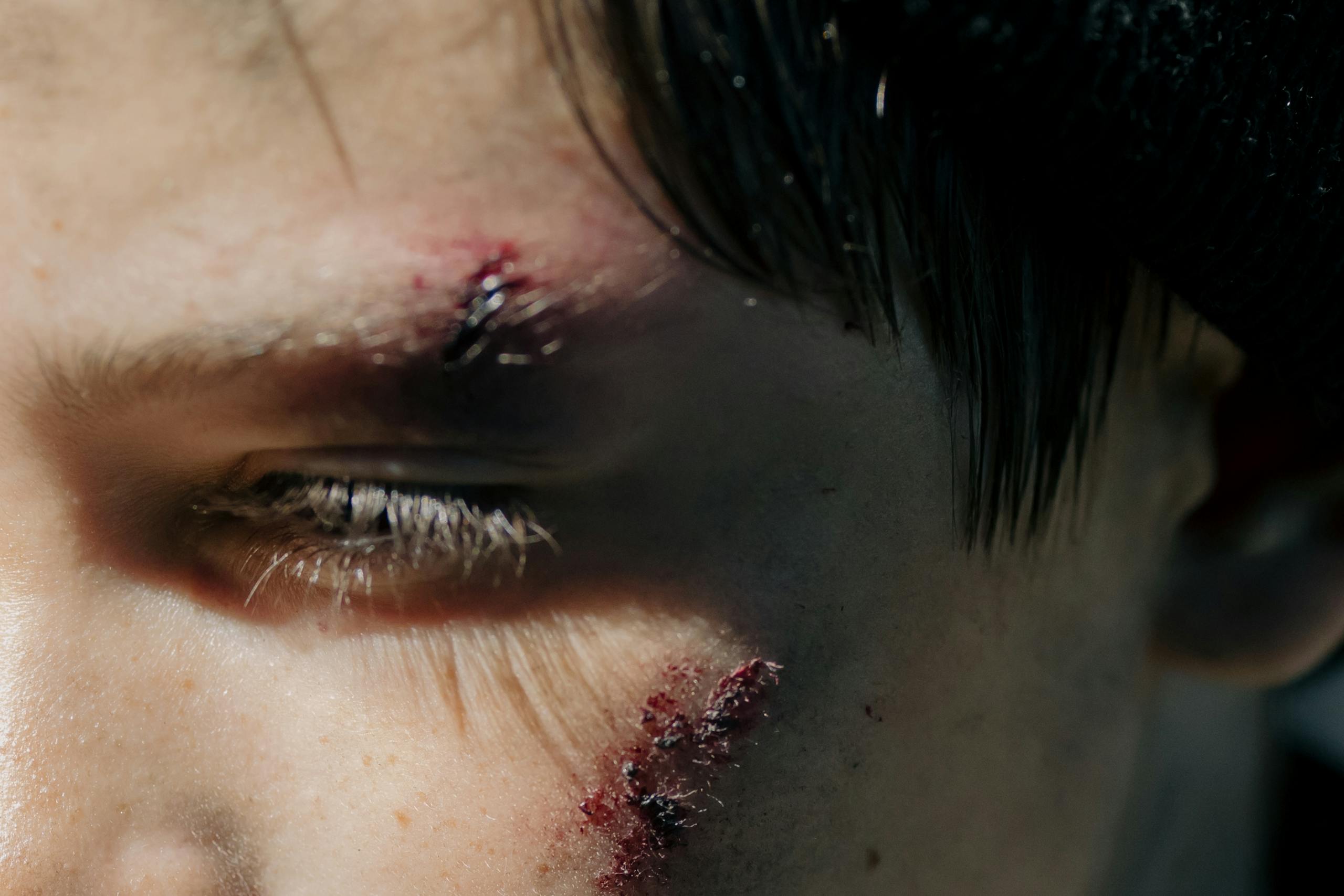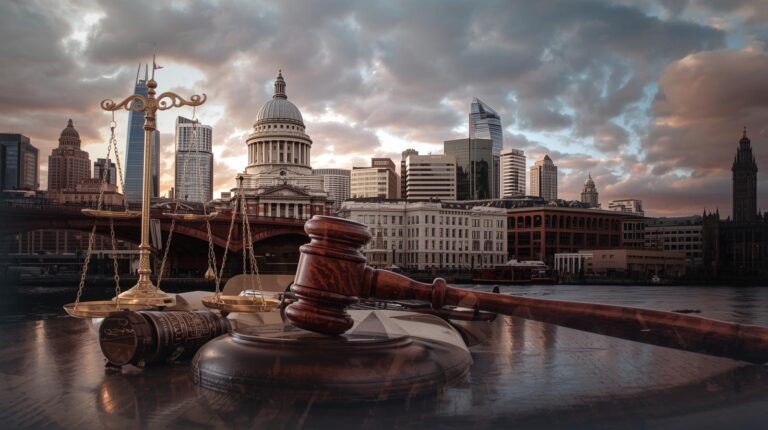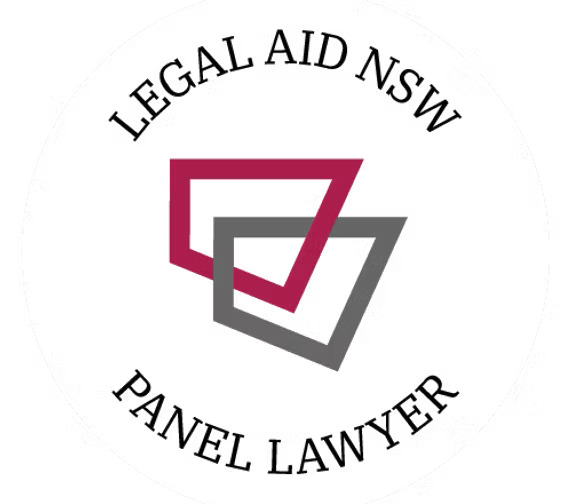Recklessly Causing Serious Injury
An offence of Recklessly Causing Serious Injury can be found in section 17 of the Crimes Act 1958 which states:
“A person who, without lawful excuse, recklessly causes serious injury to another person is guilty of an indictable offence”
What is serious injury?
Serious injury is stated in section 15 of the Crimes Act 1958 as an injury that:
- Endangers life;
- Is substantial and protracted; or in some cases
- The destruction, other than in the course of a medical procedure, of the foetus of a pregnant woman, whether or not the woman suffers any other harm.
What Constitutes Recklessly Causing Serious Injury?
Charges of Recklessly causing serious injury include:
- Punching, hitting or kicking another person, causing any broken bones upon acting as such.
What does the Prosecution need to prove?
In order for a charge of Recklessly causing serious injury to hold up, the police must prove beyond reasonable doubt:
- The Victim suffered a serious injury;
- The accused caused the victim’s serious injury;
- The accused acted recklessly; and
- The accused acted without lawful justification or excuse.
Possible Defences?
If you have been charged with this offence, possible defences would be:
- The accused acted in self-defence or in defence of another;
- They did not act recklessly;
- They did not intend to act recklessly.
Maximum Penalty
According to the Crimes Act 1958, section 17 the maximum penalty that can be imposed is:
- Level 4 imprisonment (15 years maximum)
The court has the discretion to impose the highest penalty depending on your case facts and pleadings.
What next?
Generally, a charge of recklessly causing serious injury will be heard in the Magistrates Court. Depending on the circumstances and seriousness of the injuries, it can be committed to be heard in the County Court.
Need to speak with a lawyer?
Our experienced lawyers are here to help you understand your legal rights and options. Contact us for a confidential discussion about your situation.


















